During a chemical plant retrofit, I witnessed stainless steel saddles failing within months while PP saddles installed alongside them showed no degradation after five years of continuous service. This real-world comparison demonstrated PP’s superior chemical resistance in aggressive environments.
PP saddles offer excellent corrosion resistance to a wide range of chemicals including acids, bases, and solvents at varying concentrations. Their non-reactive polymer structure prevents electrochemical corrosion, while their molecular density creates a barrier that resists chemical penetration and maintains mechanical integrity in harsh industrial environments.
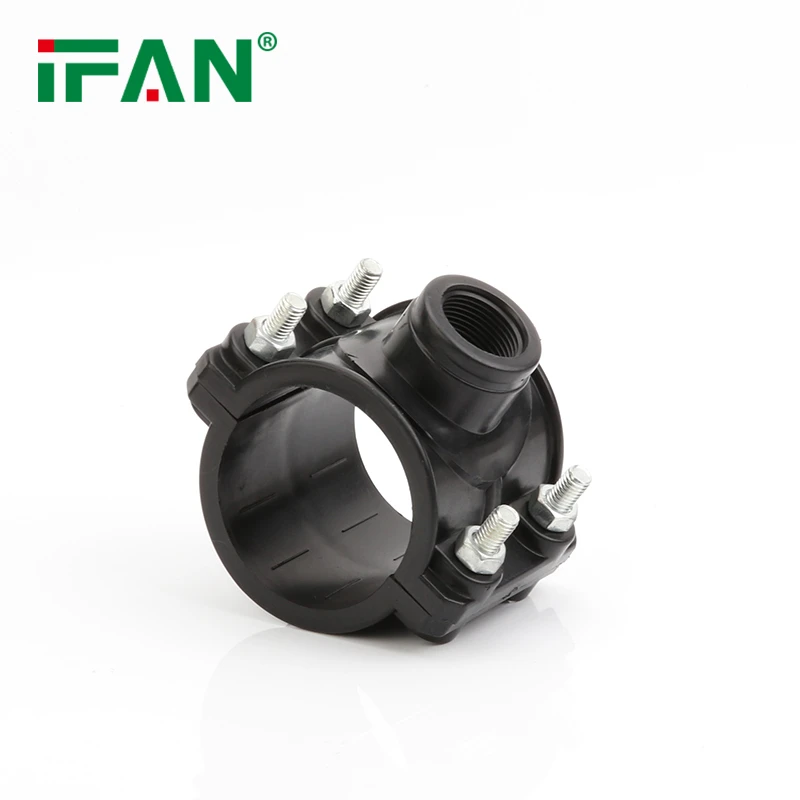
Understanding PP’s chemical compatibility and limitations ensures proper material selection for specific applications. Let’s examine the chemical resistance properties that make PP saddles suitable for demanding industrial settings.
What Chemical Resistance Properties Do PP Saddles Offer in Industrial Applications?
After testing multiple saddle materials in a pharmaceutical manufacturing facility, we found PP saddles maintained their structural integrity while metal alternatives corroded when exposed to chemical spills and cleaning agents. This led to plant-wide specification of PP saddles for chemical service.
PP saddles provide broad-spectrum chemical resistance through their non-polar hydrocarbon structure, high molecular weight, and semi-crystalline composition. These properties create inherent resistance to chemical attack, minimizing degradation from acids, alkalis, and organic solvents commonly encountered in industrial piping systems.
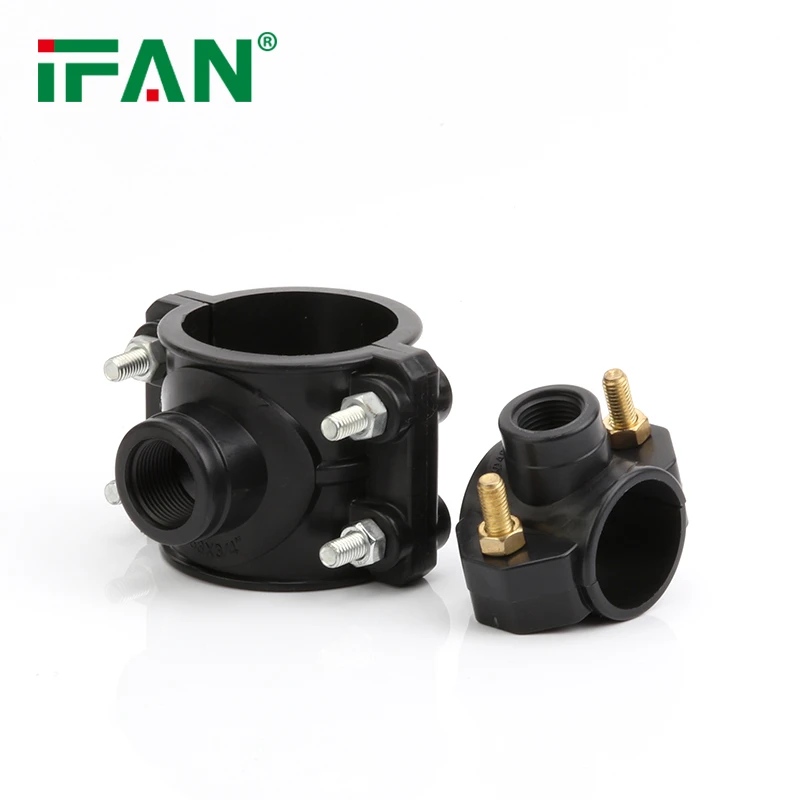
Fundamental Resistance Mechanisms
PP’s chemical resistance stems from its molecular structure:
Non-Reactive Polymer Backbone
Polypropylene consists of carbon-carbon bonds with methyl group side chains, creating:
- Non-polar character that resists ionic compounds
- Hydrophobic nature that repels water-based chemicals
- Stable covalent bonds resistant to chemical cleavage
- No reactive sites for electrophilic or nucleophilic attack
Semi-Crystalline Barrier
The crystalline regions in PP provide:
- Dense molecular packing that limits chemical penetration
- Reduced swelling compared to amorphous polymers
- Maintained mechanical strength during chemical exposure
- Slower degradation rates than fully amorphous plastics
Performance Characteristics
PP saddles demonstrate consistent chemical performance:
Temperature Considerations
Chemical resistance varies with temperature:
- Excellent resistance at ambient temperatures (20-40°C)
- Good resistance at elevated temperatures (40-60°C)
- Reduced resistance above 80°C
- Significant degradation above 100°C
Mechanical Property Retention
PP maintains key properties during chemical exposure:
- 85-95% tensile strength retention after prolonged exposure
- Minimal dimensional changes in most chemicals
- Maintained impact resistance
- Preserved clamping force distribution
Which Specific Chemicals and Concentrations Can PP Saddles Safely Handle?
When a food processing plant experienced repeated saddle failures, we conducted comprehensive chemical testing that revealed PP’s excellent compatibility with their cleaning and processing chemicals, eliminating their corrosion problems entirely.
PP saddles safely handle inorganic acids up to 30% concentration, bases to 50% concentration, and many organic solvents at room temperature. Specific compatible chemicals include sulfuric acid (dilute), sodium hydroxide, alcohols, and detergents, while incompatible substances include concentrated oxidizing acids, chlorinated solvents, and aromatic hydrocarbons.
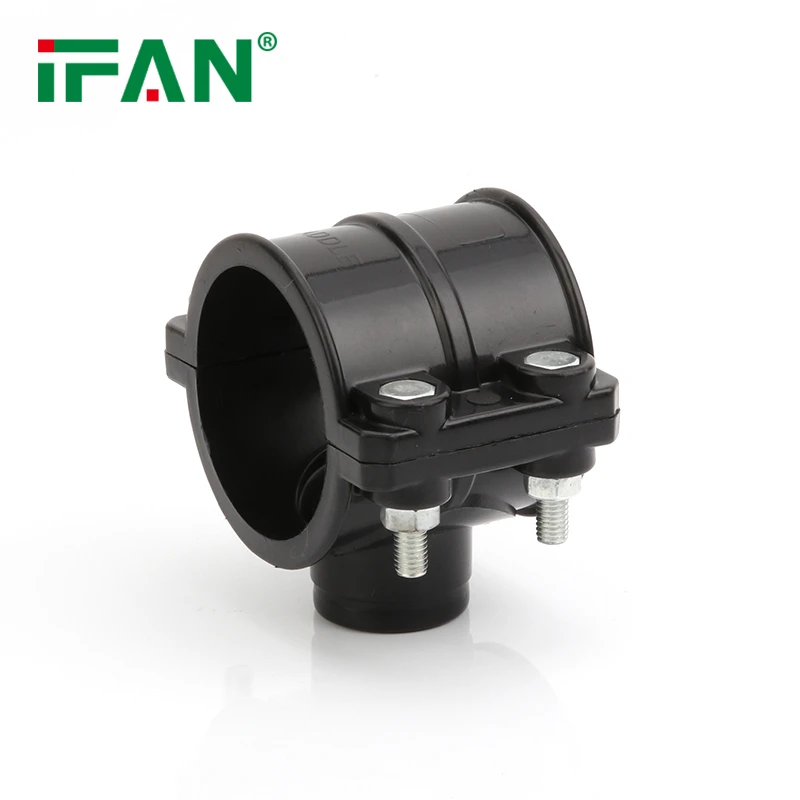
Chemical Compatibility Guide
PP’s performance varies by chemical class:
Excellent Resistance (0-2% property loss)
- Inorganic salts: All concentrations at room temperature
- Detergents and soaps: Full concentration range
- Alcohols: Methanol, ethanol, isopropanol to 50%
- Water/Acids/Bases: See concentration limitations below
Good Resistance (2-10% property loss)
- Dilute inorganic acids: ≤30% sulfuric, hydrochloric, phosphoric
- Concentrated bases: ≤50% sodium hydroxide, potassium hydroxide
- Aliphatic hydrocarbons: Hexane, heptane, mineral spirits
- Vegetable and animal oils: Most types at room temperature
Concentration and Temperature Limits
Safe operating ranges for common chemicals:
| Chemical | Max Concentration | Max Temperature | Notes |
|---|---|---|---|
| Sulfuric Acid | 30% | 60°C | Avoid oxidizing grades |
| Hydrochloric Acid | 30% | 60°C | Good resistance to dilute solutions |
| Sodium Hydrochloride | 50% | 80°C | Excellent base resistance |
| Acetic Acid | 10% | 40°C | Limited acid resistance |
| Ammonium Hydroxide | 30% | 60°C | Good ammonia resistance |
| Ethanol | 100% | 60°C | Excellent alcohol resistance |
How Do PP Saddles Maintain Integrity When Exposed to Corrosive Substances?
We retrieved PP saddles after ten years of service in a chemical processing plant and found they retained over 90% of their original mechanical properties despite visible surface exposure to multiple corrosive chemicals. This demonstrated PP’s remarkable integrity preservation.
PP saddles maintain integrity through their saturated hydrocarbon structure that resists oxidation, high crystallinity that limits swelling, and absence of hydrolysable groups. The material’s molecular stability prevents chain scission and cross-linking, while UV stabilizers in outdoor grades protect against environmental degradation.
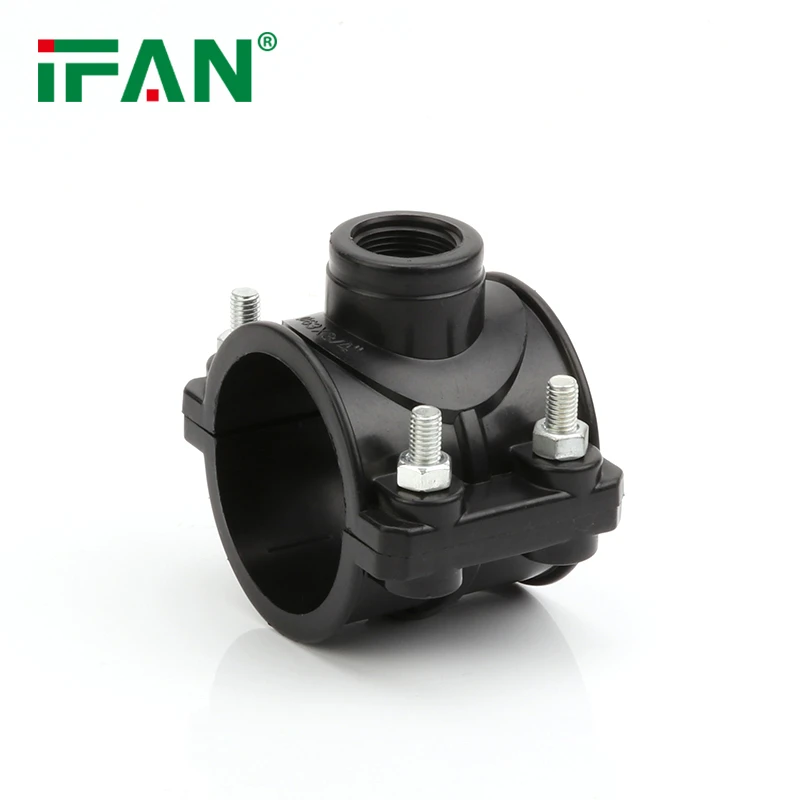
Degradation Resistance Mechanisms
Multiple factors contribute to PP’s durability:
Chemical Inertness
PP’s chemical structure provides inherent protection:
- No functional groups vulnerable to hydrolysis
- Resistance to acid and base catalyzed degradation
- Stability against radical oxidation processes
- Low permeability to corrosive ions
Physical Barrier Properties
The material’s physical structure enhances protection:
- Low diffusion coefficients for most chemicals
- Minimal absorption and swelling
- Surface hardness resists erosion-corrosion
- Thermal stability maintains properties
Long-Term Performance Factors
PP saddles demonstrate consistent performance over time:
Property Retention Data
Accelerated testing shows excellent longevity:
- Tensile strength: 85-90% retention after 5 years
- Impact resistance: 80-85% retention after 5 years
- Clamping force: 90-95% retention after 5 years
- Dimensional stability: 95%+ retention after 5 years
Consideraciones medioambientales
Performance varies by application environment:
- Indoor chemical exposure: Excellent long-term performance
- Outdoor UV exposure: Good with UV-stabilized grades
- High temperature service: Limited to 80°C continuous
- Cyclic chemical exposure: Good resistance to fatigue
What Testing Standards Verify PP Saddle Corrosion Resistance for Chemical Environments?
When a client demanded certified chemical resistance data, we implemented ASTM testing protocols that provided quantifiable performance metrics, leading to approved specifications across their global facilities and eliminating subjective material selection.
ASTM D543 evaluates chemical resistance through immersion testing, ISO 175 measures changes in mechanical properties after chemical exposure, while ASTM D1693 assesses environmental stress crack resistance. These standardized tests provide validated data for PP saddle performance in specific chemical environments.
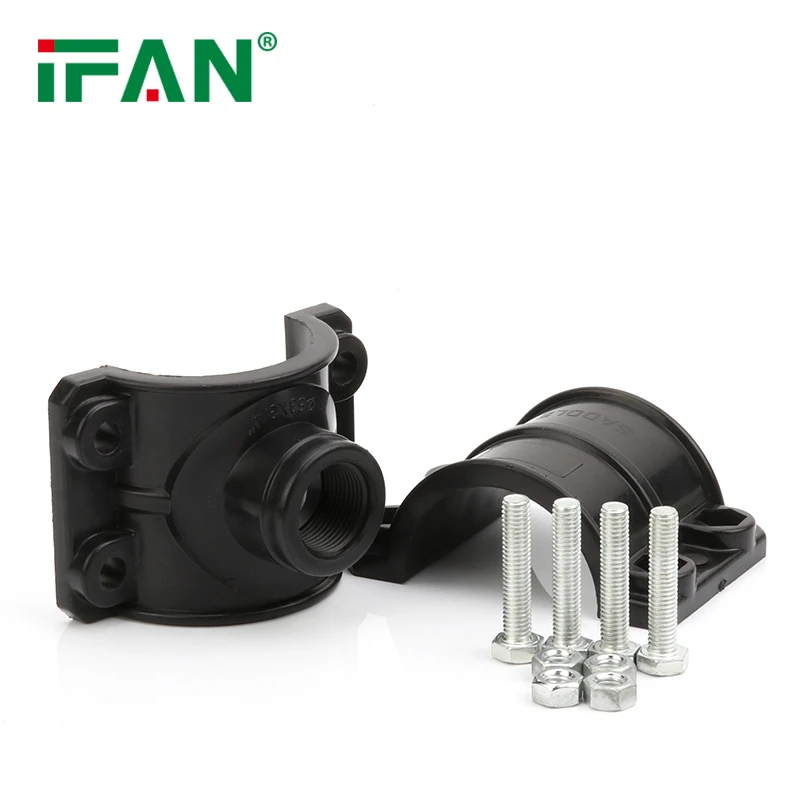
Standardized Testing Protocols
Industry standards ensure consistent evaluation:
Chemical Resistance Testing
ASTM D543-21 “Standard Practices for Evaluating the Resistance of Plastics to Chemical Reagents” involves:
- Immersion of specimens in specific chemicals
- Measurement of weight, dimensions, and appearance changes
- Testing at elevated temperatures to accelerate effects
- Evaluation after 7, 30, 90, and 180-day exposures
Mechanical Property Evaluation
ISO 175:2010 “Plastics — Determination of the effects of liquid chemicals” includes:
- Tensile property measurement after chemical exposure
- Flexural strength retention evaluation
- Impact resistance assessment
- Hardness changes monitoring
Certification and Compliance
Third-party verification ensures reliability:
Material Certification Requirements
- Chemical resistance data from independent laboratories
- Batch testing for consistent quality
- Temperature-specific performance ratings
- Long-term aging study results
Industry-Specific Standards
Different applications require specialized testing:
- FDA compliance for food processing applications
- NSF/ANSI 61 for potable water contact
- UL recognition for electrical applications
- Military specifications for specialized chemicals
Performance Verification Framework
Comprehensive testing provides actionable data:
Laboratory Testing vs Field Performance
- Accelerated testing predicts long-term behavior
- Real-world validation confirms laboratory findings
- Safety factors applied to laboratory data
- Continuous monitoring of field installations
Documentation Requirements
Proper certification includes:
- Test reports from accredited laboratories
- Material safety data sheets
- Chemical compatibility charts
- Installation and service guidelines
Conclusión
PP saddles demonstrate excellent corrosion resistance to a wide range of chemicals through their inherent molecular stability, with verified performance confirmed through standardized testing protocols that ensure reliability in industrial applications when selected according to specific chemical compatibility data and concentration limitations.













Comentarios recientes